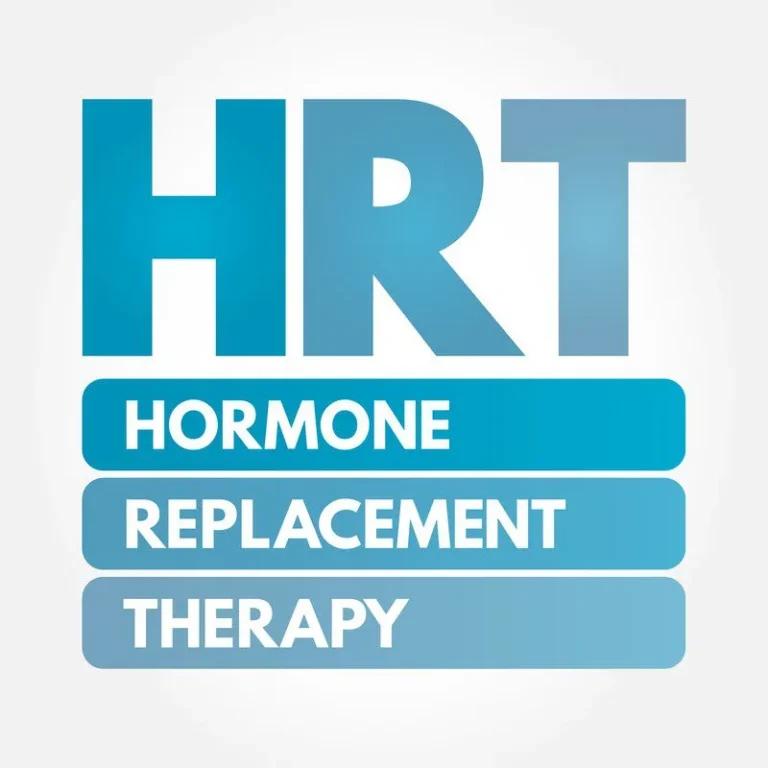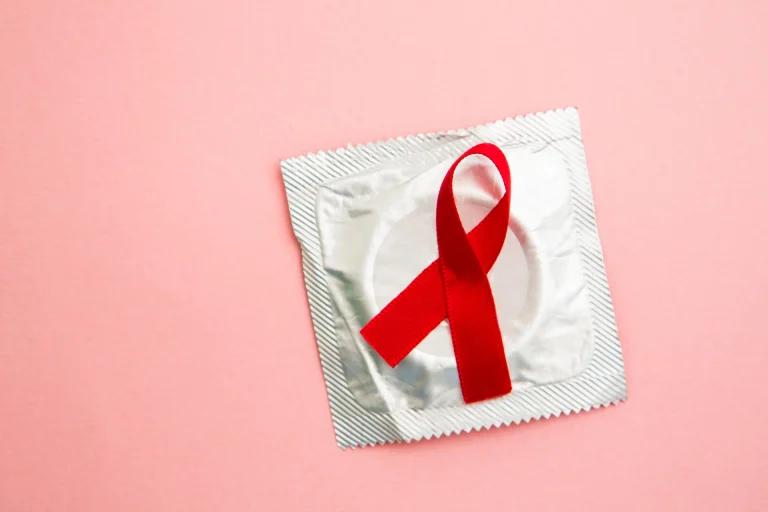
October 15, 2025 (Current Version)
March 28, 2025
Testosterone therapy (also known as androgen hormone therapy) has become a topic of growing interest for many men experiencing symptoms of low testosterone. This hormone plays a crucial role in various aspects of male health, including muscle mass, bone density, and sexual function. As men age, their testosterone levels naturally decline, leading some to consider testosterone replacement therapy (TRT) to help improve their quality of life and well-being.
The science of testosterone
Testosterone production
Testosterone, the primary male sex hormone, plays a crucial role in various bodily functions. The production of this hormone is controlled by a complex system involving the brain, pituitary gland, and testes (testicles). The hypothalamus in the brain sends signals to the pituitary gland, which then releases luteinising hormone (LH). This hormone travels through the bloodstream to the testes, where it stimulates the Leydig cells to produce testosterone.
A feedback loop closely regulates testosterone levels in the body. When levels rise too high, the brain sends signals to the pituitary to reduce production. This delicate balance ensures that testosterone remains within a normal range. It’s worth noting that testosterone production varies widely among men, making it challenging to determine what levels have medical significance.
Effects on the body
Testosterone has a significant impact on men’s health and development:
- During fetal development, it’s essential for the formation of male reproductive organs. As boys enter puberty, testosterone causes the deepening of the voice, growth of facial and body hair, and an increase in muscle mass and strength
- In adult men, testosterone continues to influence body composition, bone density, and sexual function. It plays a role in maintaining muscle mass, regulating fat distribution, and supporting bone strength. Testosterone is also crucial for libido and sperm production
- A small amount of testosterone is converted to estradiol, a form of estrogen, in men’s bodies. This conversion has important implications for bone health and other physiological functions. As men age and produce less testosterone, they also produce less estradiol, which can contribute to some of the changes often attributed to testosterone deficiency
Factors affecting testosterone levels
Several factors can influence testosterone levels in men. Age is a significant factor, with testosterone production typically peaking during adolescence and early adulthood. As men get older, there may be a gradual decline in testosterone levels, although this is often due to other health conditions rather than ageing itself.
- Body weight has a substantial impact on testosterone levels. Being overweight or obese is linked to lower testosterone while maintaining a healthy weight can help maintain normal levels. Weight loss, through diet, physical activity, or bariatric surgery, can significantly increase testosterone levels, especially in individuals with more weight to lose
- Exercise, particularly resistance training involving large muscle groups, can have a positive effect on testosterone production. However, the impact varies depending on factors such as exercise intensity, duration, and the individual’s fitness level
- Sleep quality is another crucial factor. Studies have shown that sleep deprivation can lead to a decrease in daytime testosterone levels. Getting adequate quality sleep is essential for maintaining healthy testosterone levels
Other factors that can affect testosterone include stress, certain medical conditions like diabetes, and lifestyle choices, such as alcohol consumption. It’s important to note that while there are products claiming to “boost” testosterone, many of these are not scientifically proven and may even be harmful to health.
Recognising low testosterone
Common symptoms
Recognising the signs of low testosterone is crucial for determining when to consider testosterone therapy. Men with low testosterone levels may experience a range of symptoms that can significantly impact their quality of life.
Sexual changes
One of the most common indicators is a decrease in sex drive or low libido. This reduction in sexual desire often goes hand in hand with erectile dysfunction, making it challenging to achieve or maintain an erection.
Physical changes
Some men may notice a loss of body hair, particularly in the armpit and pubic areas. There might also be a decrease in muscle mass and strength, coupled with an increase in body fat. These changes can lead to a noticeable shift in body composition, often resulting in weight gain and a loss of physical endurance.
Mood changes
Men with low testosterone may experience fatigue, irritability, and mood swings. They might find it harder to concentrate or notice a decline in their memory function. Depression is another potential symptom, which can further exacerbate other issues.
Risk factors
Several factors can increase the likelihood of developing low testosterone:
Age
Testosterone production naturally decreases as men get older. By the age of 45, about 40% of men may have low testosterone levels.
Obesity
Studies show that overweight men are more likely to have low testosterone compared to those with a normal weight range
Medical conditions
Men with type 2 diabetes, kidney problems, liver cirrhosis, and sleep apnea can also have been linked to lower testosterone production.
Lifestyle factors
Poor diet, lack of exercise, excessive alcohol consumption, and smoking can all affect testosterone levels.
Stress
Physical and emotional stress can also lead to a decrease in testosterone production.
Testosterone testing and diagnosis
Types of tests
Testosterone testing plays a crucial role in diagnosing low testosterone levels and determining the need for testosterone therapy. The most common test is the total testosterone blood test, which measures both free testosterone and attached testosterone in the blood. This screening test is typically performed in the early morning when testosterone levels are at their peak.
Normal testosterone levels
Normal testosterone levels can vary depending on age, gender, and individual circumstances. For adult men, total testosterone levels typically range from 249 to 836 nanograms per deciliter (ng/dL) for ages 19 to 49, and 193 to 740 ng/dL for those 50 and older.
However, it’s important to note that there is no universal agreement on what constitutes low, normal, or high levels of testosterone. Healthcare providers consider both the numerical results and the presence of symptoms when making a diagnosis.
A low testosterone result doesn’t necessarily indicate a medical condition or the need for testosterone therapy. It’s possible to have low testosterone without symptoms, and it’s normal for levels to decrease gradually with age. The diagnosis of testosterone deficiency typically requires consistently low testosterone levels combined with clinical signs and symptoms.
Follow-up testing
If initial testosterone results are abnormal, healthcare providers usually recommend follow-up testing. This is because testosterone levels can fluctuate, and up to 30% of patients with initially abnormal values may have normal levels on repeat testing.
Follow-up testing may include:
- Repeat morning testosterone tests to confirm low levels
- Additional hormone tests, such as LH, FSH, and prolactin, to determine the cause of low testosterone
- Imaging studies, like MRI of the pituitary gland, if secondary hypogonadism is suspected
Regular monitoring is essential. This typically involves checking testosterone levels 3 to 6 months after starting treatment and then annually. Other important follow-up tests include hematocrit and prostate-specific antigen (PSA) levels to monitor for potential side effects of testosterone therapy.
When to start therapy
Pros and cons
While testosterone replacement therapy (TRT) has the potential to reduce symptoms of low testosterone, it’s crucial to understand both the benefits and potential risks. TRT aims to boost low testosterone levels and may improve energy, alertness, mental focus, and sexual function. However, the effects can vary from person to person.
One of the main advantages of TRT is its ability to enhance sexual function, including libido and erectile function. It may also have a positive impact on body composition, increasing lean muscle mass and reducing body fat. Some men report improved mood, cognitive function, and overall quality of life.
On the flip side, TRT can have side effects. These may include acne, hair loss, breast enlargement, and changes in urinary habits. There’s also a potential risk of decreased sperm production, which could cause infertility. In some cases, TRT might lead to an increase in red blood cell count, which requires careful monitoring.
Testosterone treatment
There are various forms of testosterone replacement therapy (TRT). The choice of treatment options depends on individual needs, lifestyle, other medical conditions and medical advice. Here are the main types of TRT:
Injections
Testosterone injections are a potent form of TRT. They involve intramuscular injections, typically administered once a week. Some patients may opt for twice-weekly injections to maintain more stable testosterone levels. While injections provide a strong dose, they can cause fluctuations in hormone levels.
Gels
Testosterone gels are applied daily to the skin, usually on the upper arms, shoulders, or abdomen. They mimic the body’s natural testosterone release pattern and provide steady hormone levels.
Patches
Transdermal testosterone patches are applied once daily, typically in the evening. They deliver a steady dose of testosterone through the skin.
Pellets
Testosterone pellets, about the size of a grain of rice, are implanted under the skin, usually near the hip or buttocks. This method provides a long-lasting testosterone release, typically lasting 4-6 months.
Each TRT method has its pros and cons. Injections and gels are often preferred for their effectiveness and ease of use. Patches provide a non-invasive option, while pellets offer a long-term solution. The choice depends on factors such as lifestyle, personal preference, and medical recommendations. Patients should work closely with their healthcare providers to determine the most suitable TRT method for their individual needs. Men with certain conditions, such as prostate cancer may not be candidates for this treatment.
Conclusion
The decision to start testosterone therapy is a step that requires careful thought and discussion with a healthcare provider. Understanding the potential benefits and risks, as well as exploring alternative treatments, is crucial to make an informed choice. It’s essential to keep in mind that while TRT can have a positive impact on various aspects of health and well-being for some men, it’s not suitable for everyone.
Sources
- Testosterone replacement therapy.pdf
- Is testosterone therapy safe? Take a breath before you take the plunge – Harvard Health
- Testosterone Therapy: Review of Clinical Applications
- Masculinizing Hormone Therapy: Testosterone, Side Effects, Timeline
- The Optimal Indication for Testosterone Replacement Therapy in Late Onset Hypogonadism – PMC HTML
Medical Disclaimer
NowPatient has taken all reasonable steps to ensure that all material is factually accurate, complete, and current. However, the knowledge and experience of a qualified healthcare professional should always be sought after instead of using the information on this page. Before taking any drug, you should always speak to your doctor or another qualified healthcare provider.
The information provided here about medications is subject to change and is not meant to include all uses, precautions, warnings, directions, drug interactions, allergic reactions, or negative effects. The absence of warnings or other information for a particular medication does not imply that the medication or medication combination is appropriate for all patients or for all possible purposes.









